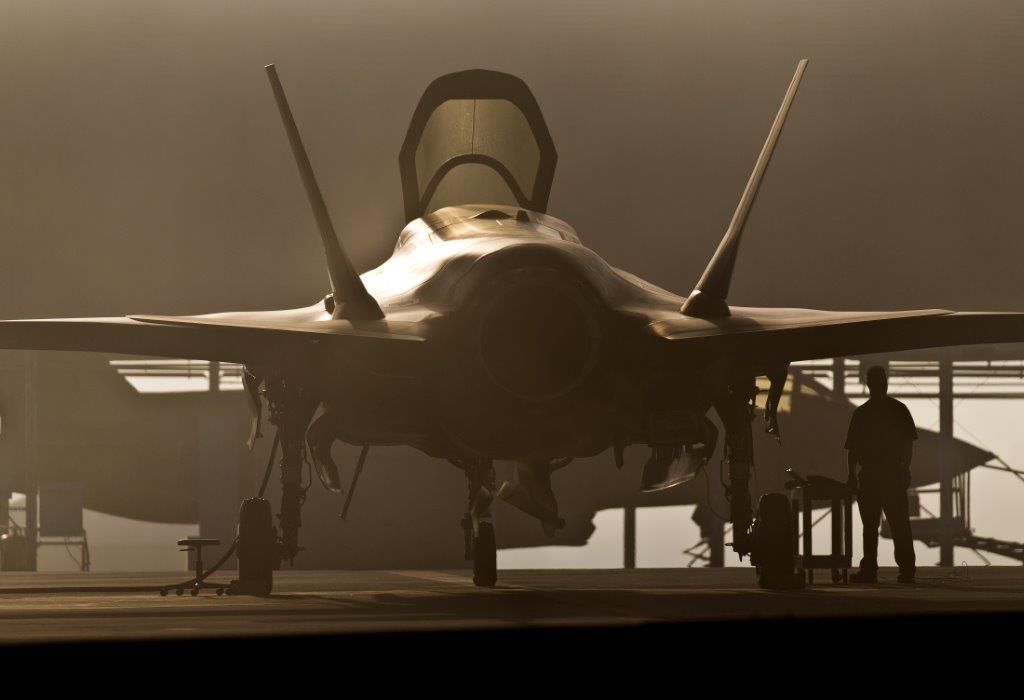Defence acquisition – building an adaptable and sustainable approach
20/05/2016

The TaxPayers’ Alliance report published earlier this week on defence acquisition reflects similar reports from the National Audit Office and Public Accounts Committee critical of Ministry of Defence cost overruns. Estimating the costs of large scale defence projects, such as the replacement for Trident, is extremely complex.
Major defence acquisition projects will often have 20 or 30 years between the initial concept and delivery. Over this timescale numerous factors and elements will change, some predictable and some unpredictable. One of the predictable factors that we know is that very few, if any, staff involved with the project originally will still be in post by the time of delivery.
It is therefore essential that today’s defence workforce have the best cost information to hand, alongside good contextual information through which to understand it, in order to compensate for the experience gaps such projects cause in the workforce, and the limited opportunity to apply inter-project learning that results.
Procurement and support of military equipment consumes around 40 per cent of annual defence cash expenditure. In 2013-2014 Defence Equipment and Support (DE&S) spent £13.9bn buying and supporting military equipment. These are large sums of money and even the slightest miscalculation or incorrect forecast can lead to large overspends, and to associated delays.
While the ordinary person might not quibble an estimate for some work that was out by 1% if it meant the cost to you was a few pounds, on a large defence project that 1% error can mean many millions of pounds.
At Cranfield Defence and Security we work alongside the Ministry of Defence and the defence industry to build an adaptable and sustainable approach to costing complex projects, using robust data, pioneering techniques and a high quality research team.
We are realising this in our current research through the creation of a database of historic defence costs, a set of project histories and other contextual information on defence projects. We are also developing an associated viewer tool and a rating and health check tool for use by practitioners. More about the work can be found here: https://www.researchsymposium.com/conf/app/researchsymposium/unsecured/file/107/Pryce_SYM-AM-16-065.pdf
You can follow Mike on Twitter https://twitter.com/MichaelJPryce
‘Achieving Critical Advantage for the UK Post SDSR’ an annual conference by RUSI and Cranfield University will be held 16 June 2016 at the Defence Academy of the United Kingdom, Shrivenham. The conference will provide participants with a better understanding of the issues facing British defence acquisition following the UK Strategic Defence and Security Review (SDSR) 2015. For further details visit http://www.cranfield.ac.uk/About/Events/listings/symposia/DAC
Image: Crown Copyright 2016
Categories & Tags:
Leave a comment on this post:
You might also like…
From nature walks to neural networks: My journey in Applied AI at Cranfield
Hi, I’m Ebru K and choosing a postgraduate degree is about more than just picking a subject; it’s about choosing where your future begins. As an international student from Turkey, I ...
Leading With Heart: My Journey as Cranfield Student Association President by Summer Yan
When I first arrived at Cranfield, I had no idea that one year later I would be standing at the heart of our student community, serving as President of the Cranfield Student Association (CSA). ...
Creating and using constituent lists in Datastream
Whether you're analysing industry performance, or comparing company financials, Datastream is a powerful tool. One of its most useful features is the ability to work with constituent lists — collections of companies grouped by index, ...
Landing at Cranfield: First-term experiences and life beyond the classroom
Starting a postgraduate course can feel daunting, especially if you’re new to the aviation industry. In this blog series, Adit Shah shares his journey on the Air Transport Management MSc at Cranfield. From first-term ...
Accelerating ambition: How Amelie Rohan engineered her future at Cranfield
In the world of high-performance automotive engineering, the gap between being a “fan” and being a professional is measured in more than just miles. It is measured in technical precision, hands-on ...
Study better and smarter in 2026
Happy new year! Now is the perfect time to reflect on your studies so far, thinking about what you’re doing well and where you need to focus a bit more attention. Getting back into ‘study ...






